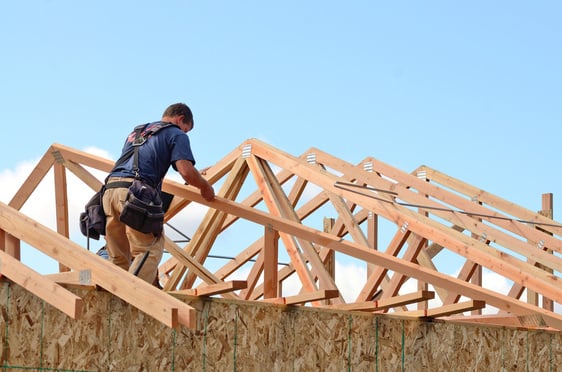LOS ANGELES-The Los Angeles County Metropolitan Transportation Authority board of directors has recently voted to approve the remaining portion of the $5.6 billion Westside Subway Extension Project, including the final approval of Metro staff recommendations for a Constellation/Avenue of the Stars subway station in Century City.
The L.A. Metro Board has approved four new stations and alignments in Beverly Hills, Century City, Westwood/UCLA, and Westwood/VA, adding the remaining five miles to the approved and certified subway extension project. In April, the board approved only the initial project phase from Wilshire/Western to Wilshire/La Cienega. The entire project will now enter into final design upon approval from the Federal Transit Administration.
“The subway extension is a critically needed mobility improvement that will create a fast, frequent and high-capacity alternative for the hundreds of thousands of commuters who travel in and out of the Westside on a daily basis,” says Antonio Villaraigosa, L.A. City Mayor and Metro Board Chair, in a prepared statement. “The project promises to fundamentally reshape the way we get around the region by generating greater travel efficiencies throughout the countywide Metro Rail system.”
On May 17, the Metro Board held a public hearing for the City of Beverly Hills to consider its safety and other concerns about the location for the Constellation/Avenue of the Stars Station in Century City that would require tunneling underneath Beverly Hills High School, according to a prepared statement. The board has issued a written decision together with written findings following testimony and the introduction of exhibits at that hearing. The report confirms the Metro Board's support for the analysis conducted by Metro's technical consultant and internationally recognized experts in seismology, geology and tunnel construction.
“The findings indicate that it is safe to tunnel beneath Beverly Hills High School, and that the presence of gassy ground or oil fields do not pose an unmitigable tunneling risk. Moreoever, tunneling would not impact the school's modernization plans or its function as an emergency evacuation center and that vibration and noise levels are within federal requirements. The findings also indicate that is not safe to build a subway station on top of known active earthquake faults on Santa Monica Boulevard,” according to the report.
The City of Beverly Hills' recommended diagonal tunnel alignment alternatives to reach Constellation Station that would avoid traveling under the high school were found to be not feasible during earlier project phases due to tight turning curves, multiple conflicts with existing and planned high-rise structures, deeper tunneling and station requirements and greater numbers of underground easements under residential properties, according to a statement.
Lastly, the Constellation Station will attract more riders than the station locations along Santa Monica Boulevard. Going forward, Metro will now seek a Record of Decision for the project from the Federal Transit Administration, which would represent federal environmental clearance for the subway extension project and is required for Metro to move forward with various pre-construction activities, including awarding a construction contract.
According to the Metro website, the subway extension will enable passengers to travel from downtown L.A. to Westwood in 25 minutes and will generate about 49,300 daily weekday boardings at the seven new stations. There would be about 78,000 new daily trips on the full Metro Rail System as a result of this subway extension.
Under current plans, the project could begin construction in 2013 and, depending on the availability of funds, may be built in three phases: from Western to La Cienega by 2020, to Century City in 2026 and to Westwood in 2036. Metro is seeking to accelerate the project's timeline through Congressional legislation known as the America Fast Forward plan. Metro staff has also studied how projects may be accelerated if Measure R is extended by voters beyond its current 2039 expiration date.
GlobeSt.com sister publication, Real Estate Forum, will dive deeper into the state’s infrastructure projects (and problems) in the upcoming July/August issue, so be sure to look out for that.
Continue Reading for Free
Register and gain access to:
- Breaking commercial real estate news and analysis, on-site and via our newsletters and custom alerts
- Educational webcasts, white papers, and ebooks from industry thought leaders
- Critical coverage of the property casualty insurance and financial advisory markets on our other ALM sites, PropertyCasualty360 and ThinkAdvisor
Already have an account? Sign In Now
© 2024 ALM Global, LLC, All Rights Reserved. Request academic re-use from www.copyright.com. All other uses, submit a request to [email protected]. For more information visit Asset & Logo Licensing.








